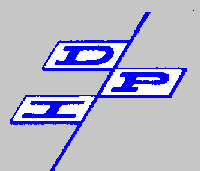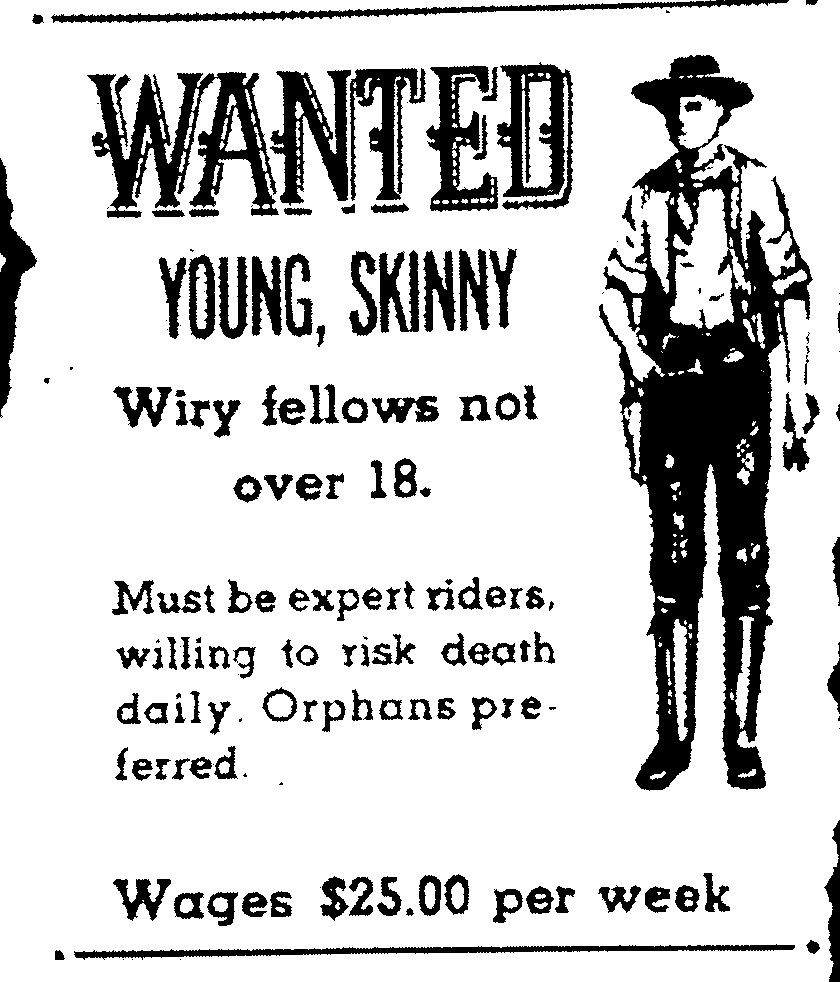

The contents of this page requires the support of the readers to keep the editor (one Bill Hill) from filling it up with his own list of memories. Email your contributions to Bill here.
From: "MALCOLM AUDREY ELVY" <MELVY4414@MSN.COM>
To: "William C Hill" <billodpi@juno.com>
Date: Mon, 24 May 2004 07:23:24
Interestingly enough, the same twisted pair network installed in 1972 is still in use.. different equipment, but the same copper wire. We have gotten our moneys worth out of it...
One of the war stories I like to tell is the time we upgraded and doubled the Jackson, Michigan bank memory because they wanted to take on the billing for the local TV cable company. The memory came to Jackson on a pallet. Gene Eyre and I went over and, with a fork lift, took the pallet from the receiving dock to the 6th floor. Both of us removed the memory drawer from the cabinet and nearly hurt ourselves lifting the new memory into the cabinet. They increased the memory size from 4K to 8K. Times sure have changed.
Bye for now,
Dan
Tales from Demos of our first Engineering Models of the 2102 and 1204s
In June of 1966 we took the first 2102 and three 1204s to the O'hare Inn near the Chicago Airport to give demos to companies we hoped would be prospects as customers, eg. Western Electric, Automatic Electric, and a couple I can't remember. At first Dave Lowe, Dave Keno, and Bill Hill went to set up the system. At that time we had no Mag Tape units so all program loading and changes were via teletype paper tape. You could hardly see the room for the tapes. Working around the clock, room service was called a lot. The two Daves always had a race to grab the bill and sign the other one's room number! Surprisingly, we got it all cleaned neat and pretty before Roy Score and Andy Dowd, Director of Marketing at the time, arrived for the demos.
During one demo, Andy was giving a beautiful and inspired presentation of the terminals going through their data entry program. He walked around the room to make the talk effective and then came up behind a 1204 with dashes showing on the display indicating how many characters were to be entered. As he pointed at the top of the terminal to emphasize the lead through the effects of his walking around on the carpeted floor showed up. A two inch flash of static electricity lighting zapped between his finger and the 1204 causing the display to go blank! Oh well, before and after the demo went well.
One of the most impressive demos I ever saw happened a few days later. The 2102 died. We could not make it work at all and Roy Score had a demo scheduled that was too important to cancel. So what did he do? Merely ran the demo as though everything was working perfectly even though nothing even had power turned on! What a great Pitch Man. He created the whole thing so vividly in everyone's imagination it all looked real.
After the hotel room demos DPI rented office space in the basement of the O'hare Inn. Then in August of 1966 we had a booth at the BEMA show in Chicago. When the movers transferred the 2102 out of the basement, they flipped it on its end (remember how it was referred to as "the coffin") to put it in the elevator - I about paniced wondering how we would make it work at the show - but it did. The software we had for the show had some kind of that would cause Rejects at the terminal for no known reason every now and then. Roy said "not to worry as long as we know what might happen." I watched him give demos on the 1204 putting in the badge, card, and keyboard entries, push Transmit and BOOM a REJECT. He would simply grab the punched card out of the reader, turn it around a few times, tell the visitor how he intentionally put it in wrong to show it would be detected, insert the card exactly the way he had before, push Transmit, and the transaction was accepted as good. What a great Pitch Man.
From the memory of Bill Hill
In the winter of 1977 I was working on a MIT 133 in the factory at MDC Long Beach CA. I found that a mouse had gotten into the unit to keep warm. Mister mouse had done what mice do to electronics. He had eaten the covering of the wires and deposited 30 or 40 small cylindrical, football shaped, brown objects to pay for the "Rent."
Back then when we fixed a unit we had to return defective parts to Sunnyvale so the factory could repair or identify the cause of a failure. Me being a good CE I put the "Rent" into a reject envelope and labeled it with: "Can't ID this part, Please advise".
Several weeks latter I got a interoffice memo with a part number for what was called "Computer Bits".
I knew I had to order them. I got my mouse droppings back.
I was the SE for Hillrom from 1982-1984. The second year I was working on a database problem, and, forgetting I was not in the lab, started deleting a production datafile. It created a major crisis, but one of the good things from it was it caused the customer to see the value of disc rather than tape backup on a standalone disc system.
From that time for the next year there were comments about "Keezer cuffs" being on the bulletin board in the computer room, to keep me from pushing buttons.I redeemed myself when they managed to create a tape that lost the parity in the header. No matter what they did on the mainframe side they couldn't read it. I still happened to have a general purpose dataset sitting on the disc processor. I patched mag-tape to bypass the parity check and read the tape onto disc. I then unpatched mag tape and rewrote the tape with correct parity. It worked, and I was no longer threatened with hand-cuffs.
Bill Keezer
In the fall of 1966 we shipped a system to Globe Union in Milwaukee for trial and demo. We were testing right up till it was put on the truck. When Dave Lowe installed it in Milwaukee, turned on power, and pressed RUN, the program was still there. Non-volatile memory. But they did not buy the system.Later that winter we had our first firm order and shipped to GE in Bloomington, IL. Unfortunately, the truck hit a snowbank in Nebraska and destroyed the equipment. Globe Union lost their demo to cover GE.
While there are lots of stories about this installation, I will skip to the BIG DAY when the first actual revenue arrived in June. As Jim Musser was opening the front door to go into work on a Saturday, he found the mail on the front step. There was an envelope with a check from GE to DPI for $125,000.
|
 |
Home | Logos |
Lists | Pictures
| Nicknames |
Happenings |
| People | Trivia
| History | Principals
| DPI Stock |
![]()